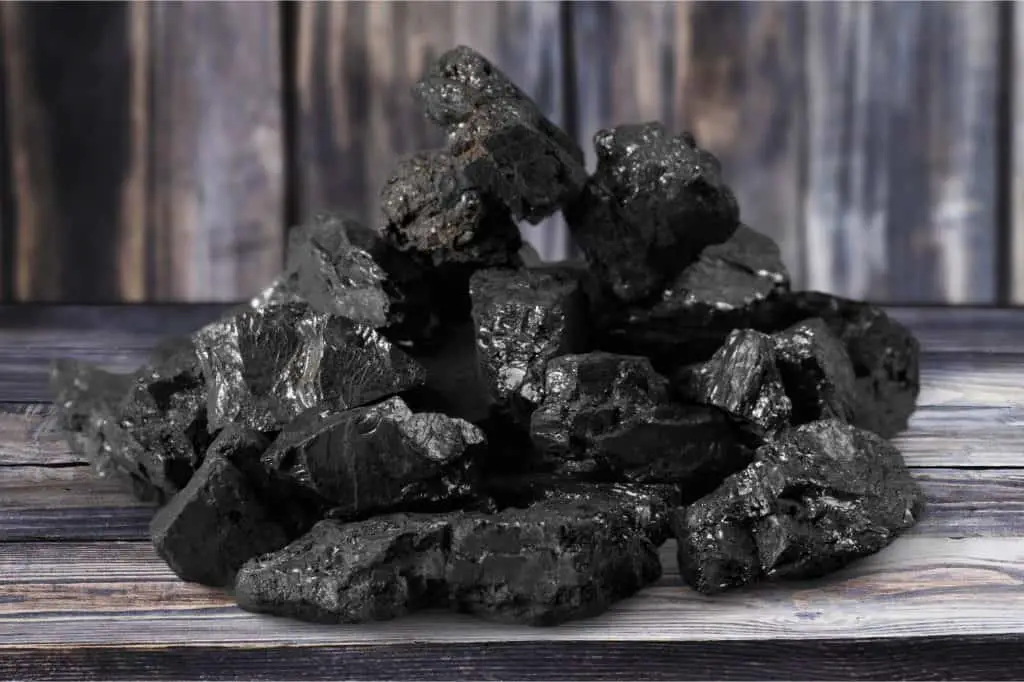Most pitmasters and barbecue lovers have a preference of charcoal type, lump charcoal vs. briquettes, and they get quite passionate about their favourites. This is usually for multiple reasons ranging from burn quality, ease of use, or price. Here we keep it simple and weigh up the best of both charcoal types to make sure you know when to use each, and the benefits of both lump charcoal and briquettes.
Lump Charcoal

Charcoal is the carbon byproduct that comes from the process of burning wood without oxygen. Lump charcoal is the direct result of this process and nothing is added or taken away from the process, leaving you with 100% natural and pure charcoal. Lump charcoal is often revered as the best and purest fuel source. The best charcoal for grilling should be able to burn hot, and the best charcoal for smoking should burn low consistently over longer times, both of which lump charcoal is great at.
- Completely all natural
- Easier to adjust temperature
- Burns hotter and more consistently at higher temperatures
- Lights quickly
- Produces less ash
- Most brands come with inconsistently sized chunks so it’s recommended to break the larger chunks down into more evenly sized pieces.
- More expensive than briquettes
Lighting Lump Charcoal
Always avoid any self-lighting charcoal, although most lump charcoals will be all natural some have been treated with substances similar to lighting fluid to help them ignite quicker. Don’t feel the need to use lighting fluid either, when it burns it gives off unwanted flavors that may impart on your meat.
Using all-natural lump charcoal of even sizes, start the fire with either some organic starter cubes, wood wool, or kindling. Lump charcoal isn’t necessarily hard to light, but to quicken the process and make it easier get yourself a good charcoal chimney lighter. This will ensure all the charcoal is burning well and evenly for grilling or smoking with.
Charcoal Briquettes

During the combustion process most charcoal briquettes are manufactured with additives and other wood byproducts to make them burn consistently and more easily. These additives inevitably affect the burning process, in some good and some not so good ways.
The additives when combusting release more of a chemical smell and smoke that can impart on the meat. Just be sure you’ve let the briquettes burn a while and you can visually see grey ash covering the briquettes to give some time for the additives to burn off. This isn’t a sure fire way to prevent the chemical taste but it does help.
If done right this is hardly detectable and the benefits of a steady temperature, ease of use, and how long it burns for does mean it has some advantages. Secondly, you can actually find 100% all natural material charcoal briquettes, but because they are designed for long cooks they can be pretty tricky to get going. However, it is worth the wait as these tend to be the best charcoal briquettes for smoking or grilling with.
Lighting Charcoal Briquettes
Despite many charcoal briquettes having additives to help them burn, all charcoal briquettes tend to be a lot harder to get going. This is because they are designed to burn for extended periods of time and therefore much more dense.
It’s definitely recommended to use a charcoal chimney, it just removes a lot of the hassle and worry about the charcoal not burning evenly and enough to really get going. Using an all natural fire lighter will help keep the charcoal more pure as it burns. Be sure to observe the briquettes, a good indication they are ready is when there is a clear grey ash coating over all the charcoal.
Lump Charcoal Vs. Briquettes
Similarities
Grilling With Charcoal
Charcoal as a fuel source is great for grilling. The main benefit is that it very easily reaches high temperatures and can exceed 1000°F. This means you can get a strong and visually appealing sear on anything you’re grilling. Charcoal in both forms does tend to burn for a while meaning there’s no problem when doing longer grilling sessions at a gathering.
Although charcoal does take more attention to get going than electric or gas heating grills, it’s almost agreed upon all the time that it’s well worth while if you’re looking for flavor, heat, and traditional barbecue.
Smoking With Charcoal
When smoking meat, charcoal as a fuel source releases carbon byproducts which actually helps with adding a smokey flavor, and helps develop the best bark on pork butt or brisket.
When smoking, be sure to use natural hardwood with your charcoal, choosing a suitable wood depending on what you’re smoking. For example, the best wood for smoking chicken will be different from the best wood for smoking turkey, or ribs, or brisket.
As a rule of thumb, if you prefer a stronger, but not overpowering smokiness, look for a wood like oak. But, if you need to use a more subtle smoking wood that would work well with most meats try apple or even peach.
Overall
Although a lot comes down to personal preferences and what you’re comfortable with, it’s great to know the similarities and differences between both lump charcoal and briquettes. It’s definitely a great learning experience to have used both, just so you know which benefits of each that you prefer.
Although lump charcoal tends to be a bit more expensive it’s top quality and all natural pureness definitely feels traditional and effective. Briquettes are definitely more for ease of use and although may take a bit more effort to start-up, they always burn consistently and easily over longer grill or smoking sessions.
Either way, keep it as all natural as you can for a more purer barbecue smoke, taste, and experience, and choose which charcoal suits you better.


